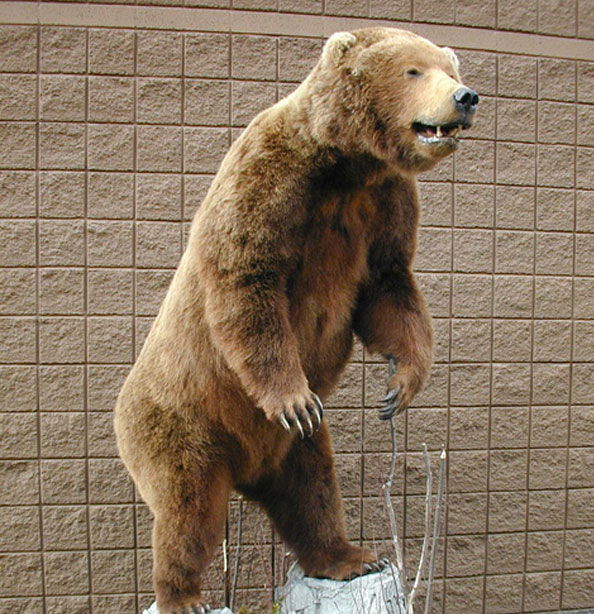Taxidermist Tempe AZ
Taxidermist Techniques
An artist who specializes in creating beautiful taxidermic art is known as a taxidermist. Artists who produce Taxidermist Tempe AZ are seeking to hire a skilled and creative Taxidermist to make taxidermy works based on the clients' specific requirements and tastes. The main duties of the Taxidermist are preserving different animal body parts, like claws, horns, antlers, teeth, and other damaged tissue sections on live animals as desired, and ordering needed taxidermy supplies as needed.

The artists create beautiful custom taxidermy that are designed to represent a specific animal species, sometimes even animals that no longer exist in the wild. Taxidermist often creates taxiderms in order to document the history of an animal, such as how it was killed, what tools were used, what type of habitat it lived in, etc. They often work with experts in the field of archeology in order to document the details of the natural history of the animal.
A taxidermist can make any taxidermically related objects, including stuffed and mounted mounts, wood mounts, resin mounts, full leather mounts, leather covered mounts, ceramic and porcelain mounts, salt and sun dial mounts, coin mounts, ceramic animal mounts, wooden animal mounts, ivory animal mounts, and much more!
The taxidermist can create any type of taxidermic art that will help preserve or showcase the natural history of any species. A taxidermist works closely with a preservationist, who is an expert in all aspects of taxidermy. Together they will plan the methods that will be used for preserving the taxidermist's work, as well as the safety and care of the animals.
The two partners must work together to make sure that the taxidermist is properly preserved and will not develop any diseases before it is sent to a museum. Once the taxidermist has been preserved, it will need to be shipped to a museum or research facility where it will be displayed. The taxidermist's skin should be completely cleaned and dried before being shipped to the proper museum or research facility.
Many taxidermists work with other professionals in the field, including experts in veterinary medicine, in science, and in conservation. Sometimes taxidermists work with scientists who are trying to preserve a certain species or type of animal. They might work with paleontologists, ecologists, archaeologists, or others to preserve specific animals.
The taxidermist will often collaborate with other professionals in order to make sure the taxidermists and other professionals get a perfect result. Taxidermist work with skins alone, but they also sometimes do work with complete mounts. Complete mounts are high quality, glass-mounted, wood veneers that can contain live fish eggs, feathers, scales, fur, or other characteristics of the fish. While some people are fine with mounts, some others are not.
A taxidermist will often work with a client to determine what type of mount they want, whether it is a full mount or a partial mount. In order to prepare these types of mounts, the taxidermist must have training in the preparation of fish mounts. Full mounts are the most expensive, but they are also the most impressive.
These mounts can display a shark, snake, alligator, penguin, bird, porpoise, or any other type of aquatic animal. These types of advertisement can have up to sixty parts of the fish mounted on the four inch by six inch piece of glass. Partial mounts can be designed to show only a quarter of the animal, or half of the animal. These models are less expensive but not as impressive. The price of preparing an advertisement will depend on the nature of the animals being displayed.
If the taxidermist specializes in displaying exotic animals, they will usually charge more. Some people also choose to advertise in magazines and newspapers instead of on the internet. Print advertisements will be used in most cases to advertise a new collection.
Many taxidermists opt to print the advertisement with the mount already attached because it makes it easier for them to create a mount for the animal after the advertisement is printed. Taxidermist working from a tanning room have many different options available to them. They can create a model of an animal, place the animal, and create a colored pattern using colored dots to represent the fur or skin.
Many taxidermists choose to tan their animals on the tanning bed to make them appear as if they have just come out of the forest. Taxidermists can purchase stencils and plastic molds in order to produce these effects. Tanning is very popular among taxidermists, and many people choose this method to enhance the beauty of their collections.
